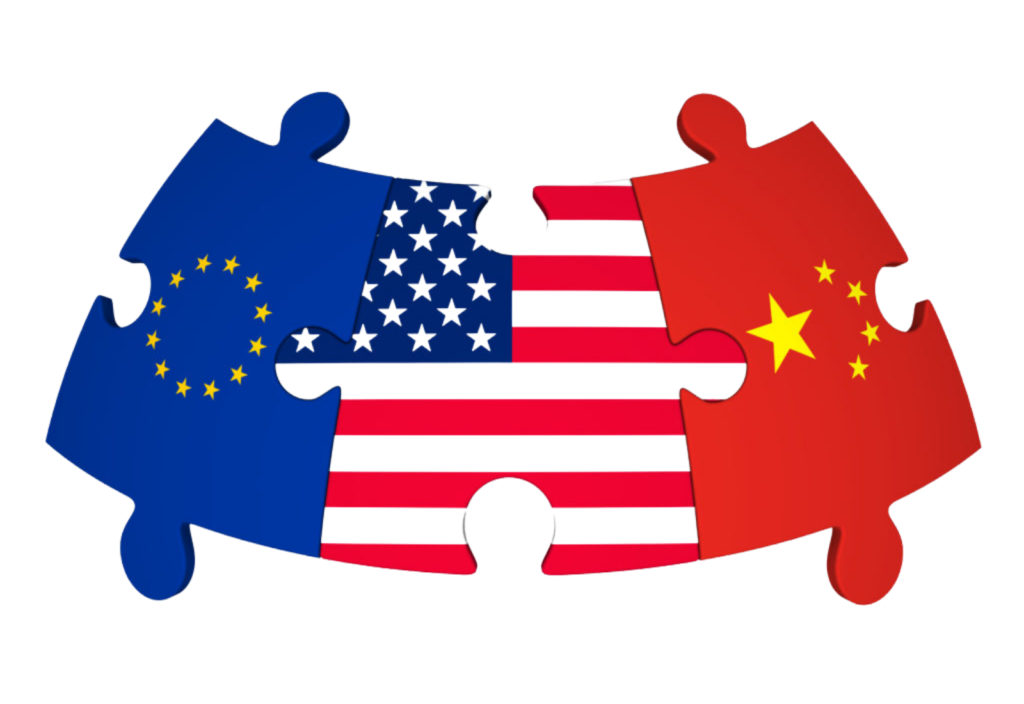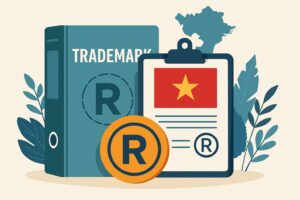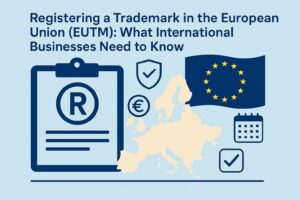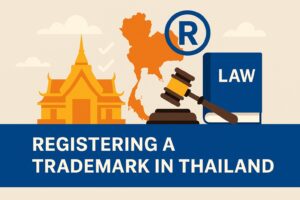Our team handles trademark work around the world for our clients, but the jurisdictions with which we work the most are the United States, European Union, and China. While there are considerable similarities among these three jurisdictions when it comes to trademark law, in this post we look at how the U.S., E.U., and China trademark systems differ.
1. Jurisdictional Levels
In the U.S., trademarks can be registered at the federal level, with the United States Patent and Trademark Office (USPTO). Additionally, trademarks can be registered at the state level, usually with the relevant Secretary of State. In addition, unregistered trademarks enjoy certain protection.
As for Europe, protection is available at the European Union (EU) level, as well as at the national level. At the EU level, marks are registered with the European Union Intellectual Property Office (EUIPO). Meanwhile, each member country has its own national trademark office, such as Spain’s Oficina Española de Patentes y Marcas (OEPM). For companies with business activities in more than one EU country, an EU trademark usually makes sense. Subnational protection, similar to that extended by U.S. states, is not available in Europe, and there is generally very little, if any, protection available for unregistered trademarks.
In China, trademarks are the remit of the China National Intellectual Property Administration (CNIPA), specifically its Trademark Office. While there is no subnational protection in mainland China, it is worth mentioning that Hong Kong and Macau have their own trademark systems, with trademarks registered in mainland China having no validity in these two special administrative regions (and vice versa).
2. How Do U.S., EU and China Trademark Use Requirements Differ?
One way in which the U.S., EU and China trademark systems differ involves requirements for use of the trademark.
In the United States trademark registrations are based on use in commerce. A federal trademark registration will not be finalized until the applicant successfully files a statement of use with the USPTO, though applications can be filed prior to use on an intent-to-use (ITU) basis.
At the state level, actual use is usually required, with ITU applications not possible.
In the EU, by contrast, there is no requirement that a mark be used in commerce for it to be registered. This said, interested parties can request the cancellation of a mark on the basis of non-use if it is not used for five consecutive years.
China does not have a use requirement, though interested parties can request the cancellation of a trademark registration if the mark is not used for three consecutive years.
3. Different Treatment for Similar Marks in US, EU and China
Another one of the ways in which the US, EU and China trademark systems differ concerns similar marks. USPTO examiners proactively reject applications if the applied-for presents a “likelihood of confusion” with an already registered mark. CNIPA examiners also proactively reject applications on grounds of similarity.
By contrast, the EUIPO will not reject a mark on the basis that it is similar to a registered trademarks. It is up to the owner of the trademark to monitor and oppose trademark applications as becomes necessary. For most trademark owners, as a practical matter it is necessary to work with trademark counsel to effectively monitor new applications.
4. How US, EU and China Trademark Opposition Periods Differ
In the United States, the standard opposition period is 30 days. During this period, interested parties can file oppositions to the registration of the trademark in question. Extension can be obtained, but only parties who apply for extensions can file oppositions during the additional period.
The EU opposition period is three months, with no extensions. China’s opposition period is also three months.
These are, of course, not the only differences between the European and American trademark systems, but hopefully they illustrate both the general similarities between the system as well as give a flavor for their different characters.

























